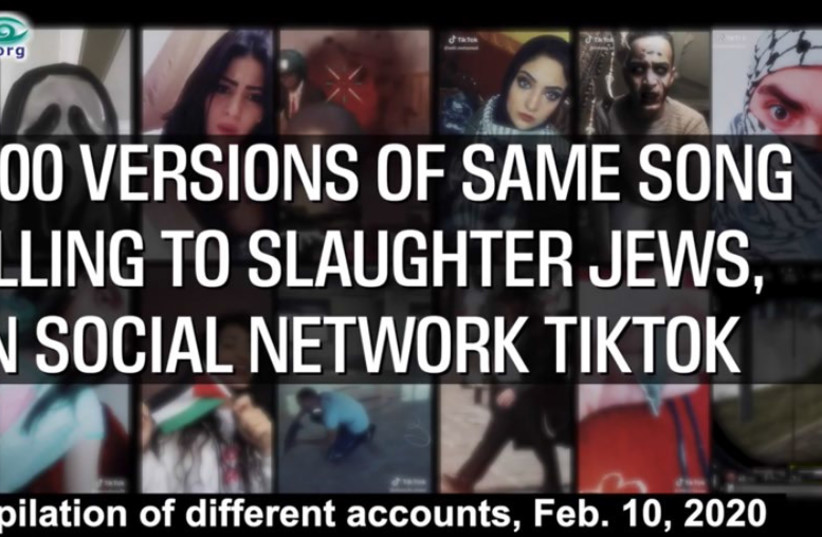Former neo-Nazi talks with son of Holocaust survivors – how to combat hate
 Prof. Gabriel Weimann (credit: Courtesy)
Prof. Gabriel Weimann (credit: Courtesy)
if(window.location.pathname.indexOf(“656089”) != -1){document.getElementsByClassName(“divConnatix”)[0].style.display =”none”;}else if(window.location.pathname.indexOf(“/israel-news/”) != -1){ document.getElementsByClassName(“divConnatix”)[0].style.display =”none”; var script = document.createElement(‘script’); script.src = ‘https://player.anyclip.com/anyclip-widget/lre-widget/prod/v1/src/lre.js’; script.setAttribute(‘pubname’,’jpostcom’); script.setAttribute(‘widgetname’,’0011r00001lcD1i_12258′); document.getElementsByClassName(‘divAnyClip’)[0].appendChild(script);}else if(window.location.pathname.indexOf(“/health-and-wellness/”) != -1){ document.getElementsByClassName(“divConnatix”)[0].style.display =”none”; var script = document.createElement(‘script’); script.src = ‘https://player.anyclip.com/anyclip-widget/lre-widget/prod/v1/src/lre.js’; script.setAttribute(‘pubname’,’jpostcom’); script.setAttribute(‘widgetname’,’0011r00001lcD1i_12246′); document.getElementsByClassName(‘divAnyClip’)[0].appendChild(script);}
 Screenshots collected by the University of Haifa documenting antisemitic hate speech online. (credit: Courtesy)
Screenshots collected by the University of Haifa documenting antisemitic hate speech online. (credit: Courtesy)  Screenshots collected by the University of Haifa documenting antisemitic hate speech online. (credit: Courtesy)
Screenshots collected by the University of Haifa documenting antisemitic hate speech online. (credit: Courtesy)  Screenshots collected by the University of Haifa documenting antisemitic hate speech online. (credit: Courtesy)
Screenshots collected by the University of Haifa documenting antisemitic hate speech online. (credit: Courtesy) TM Garret as seen today after turning back on his neo-Nazi beliefs. (credit: Courtesy)
TM Garret as seen today after turning back on his neo-Nazi beliefs. (credit: Courtesy)
 After spending decades espousing hate, Garret has pivoted to being an outspoken advocate of tolerance and combating antisemitism. (credit: JOHN SKLBA)
After spending decades espousing hate, Garret has pivoted to being an outspoken advocate of tolerance and combating antisemitism. (credit: JOHN SKLBA)





Comments are closed.